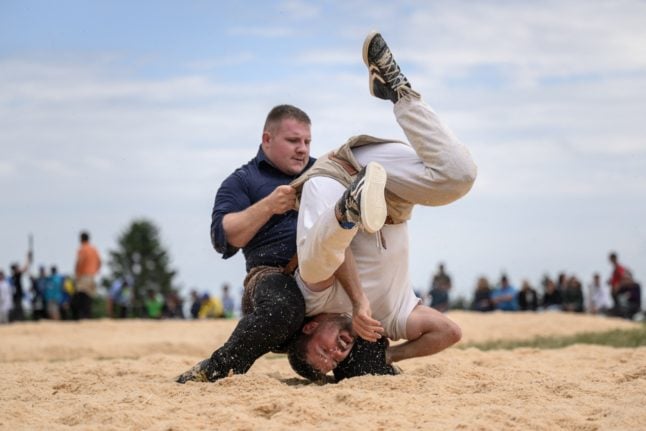Levels of violence at football and hockey matches have increased in recent times, prompting the authorities to take action.
A new set of regulations for tougher action against trouble-making fans was unanimously adopted by the the Conference of Cantonal Justice and Police Directors (KKJPD) on Thursday, newspaper Neue Zürcher Zeitung reported on Friday. The text has now been sent to parliament for approval.
One issue has been that pyrotechnic and other dangerous items are often smuggled in to stadiums concealed in underwear and bodily crevices. Currently only same-sex police officers are able to conduct searches of a person’s genital area. As a result, one of the major changes that have been introduced to this latest draft includes a power enabling medical officers to search visitors intimately.
The sports associations have had to accept the likelihood that new regulations will be imposed in relation to the holding of matches.
If the regulations are adopted, permits granted to sports clubs would have conditions attached, such as the requirement to provide for more security personnel or to ban alcohol in the stadium, as well as requiring mandatory checks on fans, newspaper Tages Anzeiger reported on Friday.
It is hoped that the new regulations will force clubs to address their own security policies and procedures, thereby saving costs on police work.
“We no longer want to use 900 police officers for every match,” Karin Keller-Sutter, President of the KKJPD, told a press conference on Thursday.
In the event of non-compliance, cantons and cities would be able to revoke permissions, although this would only be a move of last resort, NZZ reported.


 Please whitelist us to continue reading.
Please whitelist us to continue reading.
Member comments